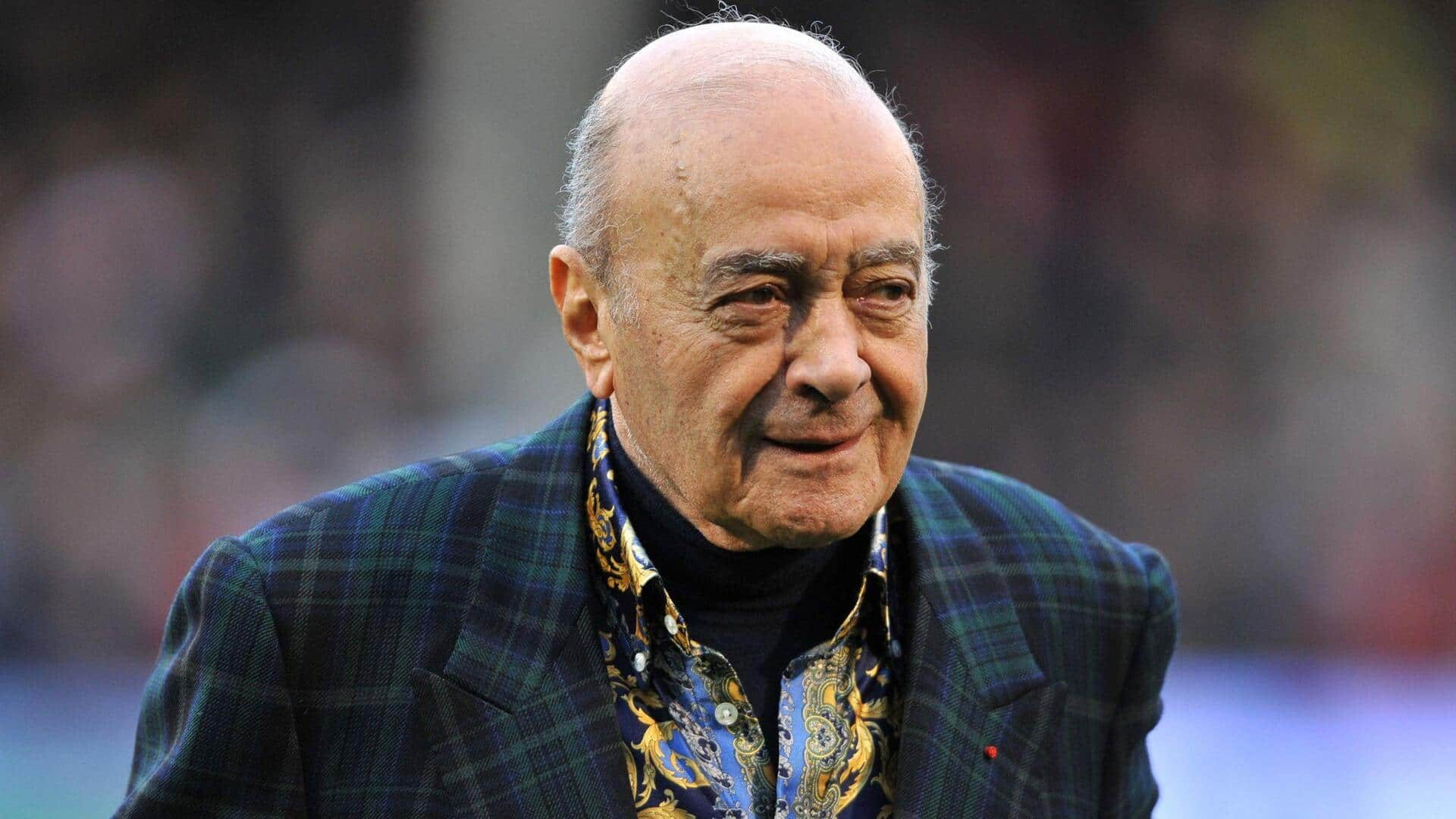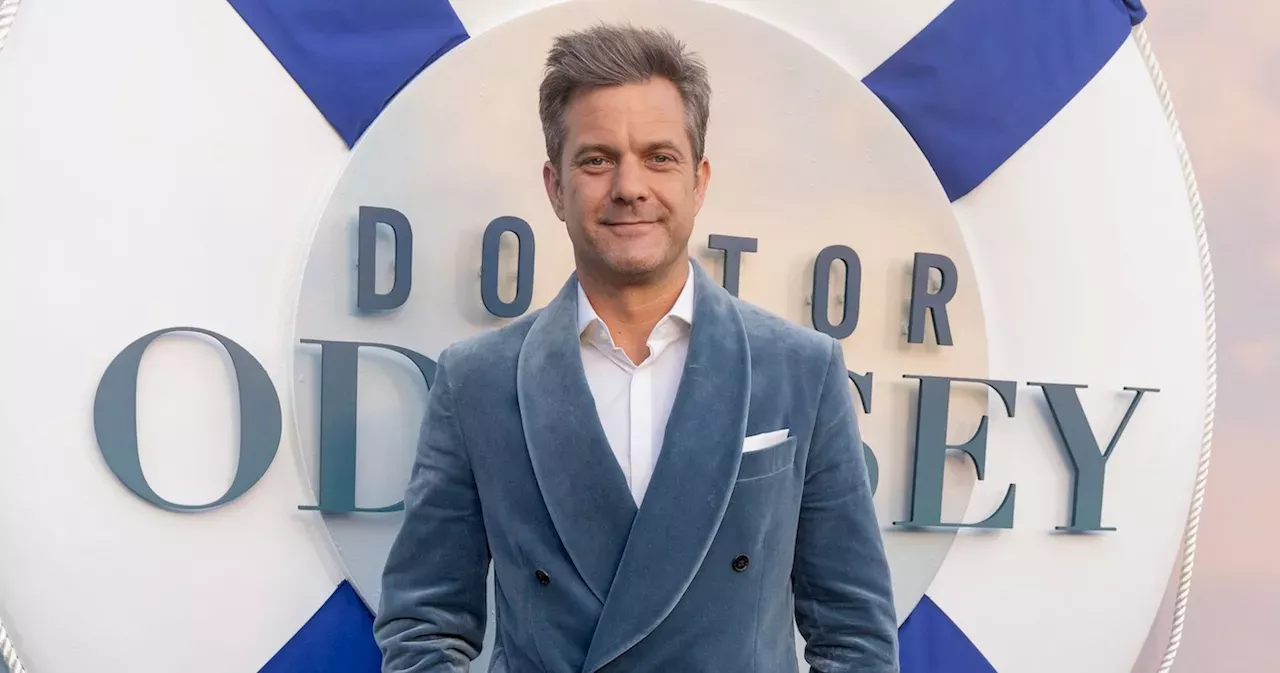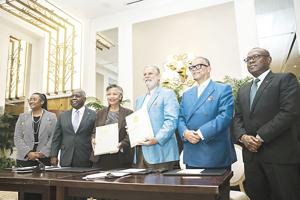Pre-owned Rolex prices have declined for more than two years as the resale market cools. Still, nearly two thirds of Rolex models are worth more on the secondary market than at retail. One big reason for the softening prices: there are a whole lot more watches available to buy.
Sign up to get the inside scoop on today’s biggest stories in markets, tech, and business — delivered daily. Read preview Thanks for signing up! Access your favorite topics in a personalized feed while you're on the go. download the app Email address Sign up By clicking “Sign Up”, you accept our Terms of Service and Privacy Policy .

You can opt-out at any time by visiting our Preferences page or by clicking "unsubscribe" at the bottom of the email. Advertisement Pre-owned Rolexes continue to come back down to earth after their pandemic-era trading frenzy. Resale prices for the brand fell another 2.
2% last quarter, as the overall Watch Charts Market Index lost 2.1% for the ninth straight quarter of declines. Morgan Stanley analyst Edouard Aubin said in a note that "it seems unlikely that secondary prices will stabilize in the near future.
" This story is available exclusively to Business Insider subscribers. Become an Insider and start reading now. Have an account? Log in .
Aubin also noted that the slide in resale prices could lower retail sales of new Swiss watches by 5% through the rest of the year. Advertisement More than two years after the resale market peaked in March 2022, the data show a clear picture of the bubble that inflated prices for select models, and how the marketplace responded. For Rolex, models like the Cosmograph Daytona and the Sky-Dweller rocketed up in price, propelling the overall brand index up roughly 40% in a little over a year.
Those roaring valuations were followed by a flood of pre-owned watches into the market — more than tripling the supply — which corresponded to the dramatic fall-off in prices, according to Morgan Stanley's analysis of the Watch Charts data. But even as prices have softened, roughly two-thirds of models are still worth more on the resale market than new from an authorized retailer. (A year ago, that figure was closer to three-quarters.
) Advertisement These above-retail prices have continued to attract supply to the resale market, which now has four times as many pre-owned watches as it did at the start of 2021. Thanks to basic economics, this expanding supply is likely to drive prices down still further until a market balance is achieved. Related stories Another notable effect of this wind-down that Morgan Stanley found: it's getting a lot easier to buy a new Rolex from a store .
Back when resale prices were so much higher than retail, a cottage industry of flippers was buying up watches they had no intention of using, and "artificially constraining primary market supply," Aubin wrote. Advertisement Now that there's less money to be made flipping Rolexes, wait times for new ones are returning to pre-pandemic norms. This is likely welcome news to none other than Rolex CEO Jean-Frédéric Dufour , who described the bubble as "problematic" in an April interview with Swiss newspaper NZZ .
"I don't like it when people compare watches to stocks. It sends the wrong message and is dangerous. We make products, not investments," he said.
With more options to choose from and more flexible prices, Aubin says it's now a buyer's market for Swiss luxury watches..


















